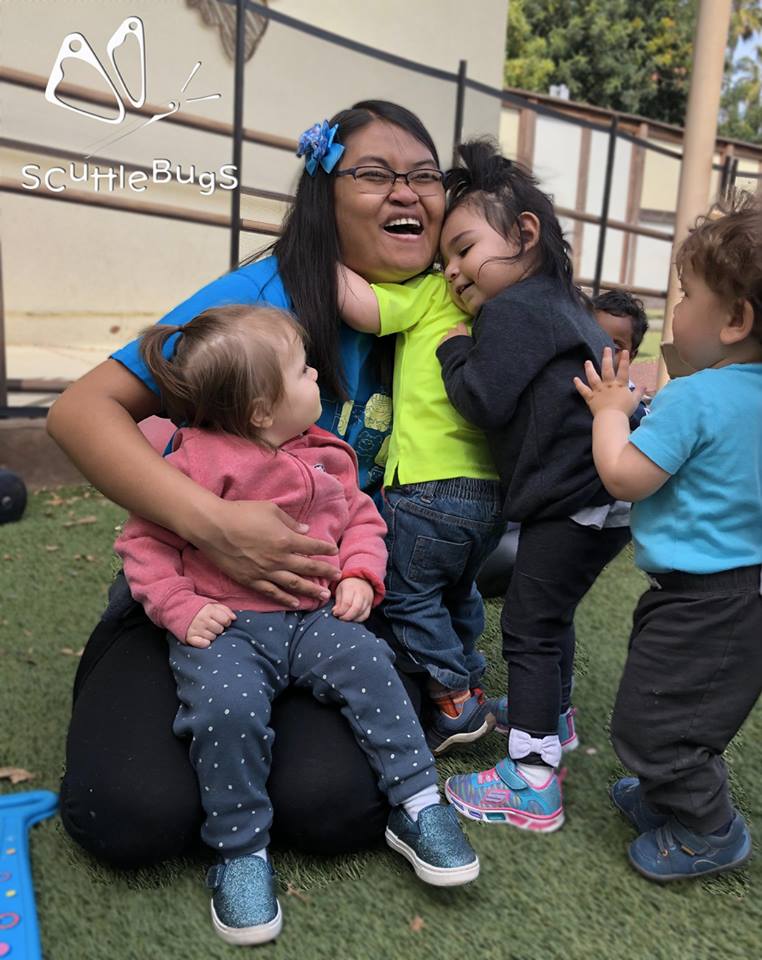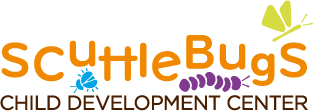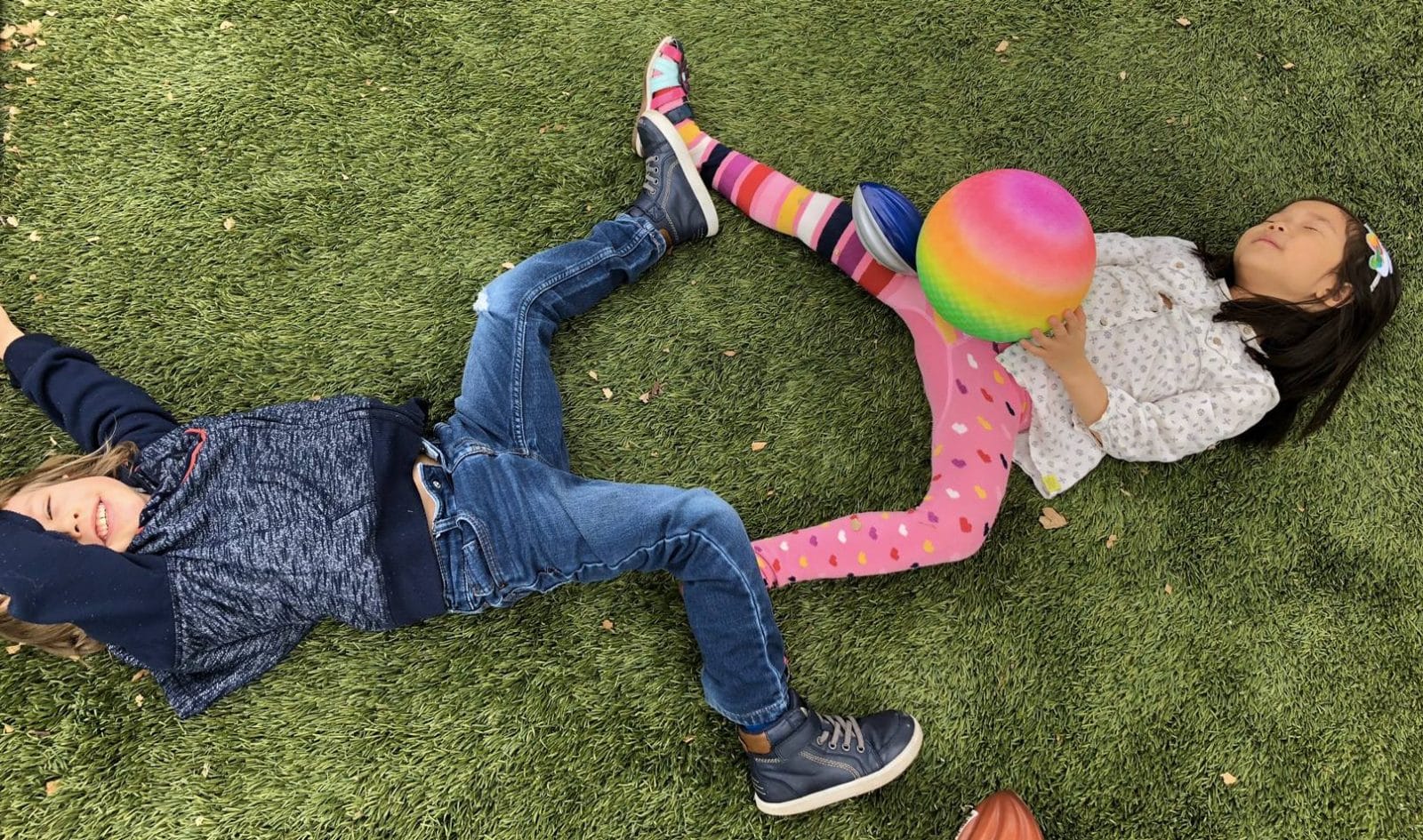Future Trends in Early Childhood Education
With the world of education, and especially early childhood education, constantly adopting to the changing times, it is sometimes hard to keep up with what is really going on. Are some trends temporary or are they long lasting? Here are a number of trends that are certain to stick around for a very long time. They are defining the future direction of ECE.
Rising Attendance
The U.S. Census Bureau estimates that there are 15.1 million children in the United States that require child care with the pre-school attendance rates ranging from only 50 to 60%, well below the OECD average of 77%, and well below the European average of 98%.
More and more parents realize the positive impact that quality early childhood education programs have on the future of their children. The rising interest is driven overwhelmingly by the abundance of research studies showing the importance of ECE in children’s long-term development. A whopping 90% of brain development occurs in a child’s first five years so programs directed at this age group have delivered astonishing results (see Source 1).
The current trend of increased attendance rates and steady growth in ECE is sure to continue. As the value proposition grows, so does enrollment in ECE centers.

Focus on Quality
For many years, the most important factor (in many cases the only factor) parents considered in choosing a child care center was location. Who was closest to my home or work and who was most convenient? That is a trend that is changing and changing rapidly.

Parents now do their homework and learn about a school and their program before making an informed choice. Facebook groups, chat forums and Yelp are just some of the places visited before considering a program.
There has also been a regulatory response toward improving quality. In the USA, the Quality Improvement and Rating System (QRIS), now active in 40 states, strives to create uniform standards of quality in program accreditation, replacing a rather ad-hoc system of unequal accreditation programs with varying standards.
The current trend of increased attendance rates and steady growth in ECE is sure to continue. As the value proposition grows, so does enrollment in ECE centers.
Focus on Curriculum and Learning Philosophy
One of the major future trends in ECE is the development of curriculum. Current studies have shown that three-quarters of children who attend pre-school scored higher on IQ and achievement tests than those children who did not attend. The quality of, and length of time in, preschool has had a profound impact on children’s development. Studies also show that vocabulary differences in children appear as early as 18 months, highlighting the importance of pre-school.
Greater knowledge sought by parents about the early childhood education learning philosophy and curriculum in the center their child attends is a trend that is growing and will continue to grow in the future as the entire play-based movement has gained a very solid foothold in the United States.
ScuttleBugs is a Reggio inspired child development center. The Reggio Emilia approach, named after the city in Northern Italy where it was founded by Loris Malaguzzi (1920-1994) after WW II, sponsors programs for children up to six years of age. Malaguzzi has said that the child has “a hundred languages, a hundred ways of thinking, of playing, of speaking.” The hundred languages he is referring to includes such things as inventing, discovering, discussing, building, modeling, drawing etc. The Reggio approach encourages children to use all of these languages to learn.
Greater Focus on Physical Fitness
Much greater focus on physical fitness is another major trend today. This will only grow in the future as the importance of health and the fight against childhood obesity has reached the early childhood education environment. There is much greater encouragement of activities and play based learning both inside and outside of the school building. Children at ScuttleBugs are outside for an hour every morning and afternoon. Innovative childcare centers provide students with training in lifetime sports that may include soccer, basketball, hockey, gymnastics and dancing. ScuttleBugs is one of those innovative centers offering numerous sports in the Amazing Athletes Program as well as gymnastics and dancing. For more information on these please see the Blog on extra-curricular activities.
Children who are exposed to and focus on non-competitive team based and independent sports activities get a healthy start in life and are well prepared for later elementary school when these activities become more and more structured.
Conclusion
It is exciting to consider what the next 20 years of innovation will bring to our early leaners. I cannot think of a more exciting period in the evolution of the industry. The United Nations has now included Early Childhood Education as one of its Sustainable Development Goals. The power of science and technology combined with higher quality standards applied to educational philosophies are building a bright future for our children and families.
Sources
- First 5 California. (n.d.). Child's Brain Development. Retrieved September 25, 2017, from First 5 California: http://www.developingchild.harvard.edu
- S. Department of Commerce, Census Bureau, Current Population Survey (CPS), October 2000 through 2017.
- Malaguzzi, “No Way. The Hundred Is There,” trans. L. Gandini, in The Hundred Languages of Children: The Reggio Emilia Approach, ed. C. Edwards, L. Gandini, and S. Forman (Greenwich CT: Ablex).
- Big Ideas, Little Learners: Early Childhood Trends Report 2019 (January 2019). Redwood City, CA: Omidyar Network.
- http://earlylearningnation.com/2019/01/future-trends-early-childhood-education/

